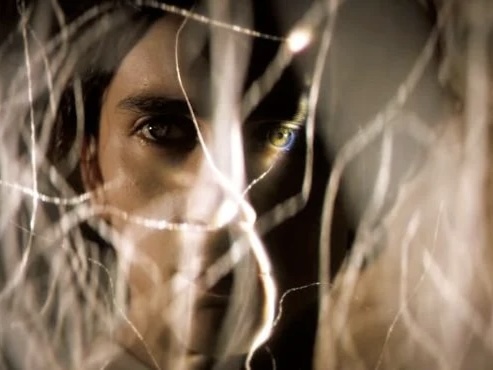Released on October 22nd and ranked 1st in the box office for two weeks in a row, it is no surprise that Dune attracted widespread anticipation even before the movie’s official release.
The movie, an adaptation of Frank Herbert’s 1965 novel, is the third attempt to visualize the complex world that only paper and ink can describe. Due to previous failures and the vast number of imaginative elements within the story, Dune has received a reputation over the years as “unfilmable.” Now with the release of the 2021 version, audiences around the world look forward to its success—whether it proves that “third time is the charm” or turns out as a flop once more.
Dune (2021) follows the protagonist, Paul Atreides (played by Timothée Chalamet), as the emperor sends the Atreides House to the planet Arrakis as its fief rulers. Arrakis is an exotic but dangerous desert planet and the only source of spice, a valuable substance that extends human life and is vital for interstellar travel.
House Harkonnen, who ruled Arrakis prior to the Atreides’ arrival, refuses to give up its control over this treasured resource and plots to eradicate the Atreides. As Paul evades countless attacks and threats posed by Arrakis’ environment, he discovers more about his identity and reasons behind his family’s sudden control over this strange land.
For the most part, the newest adaptation of Dune portrays the fantastical future world present in the science fiction novel well—a peculiar blend between a medieval feudal system and futuristic technology—especially given the extensive background details of each character and setting.
Denis Villeneuve, the film’s director, combined magnificent scenery shots with stunning visual effects to create a unique cinematic experience for the audience. The film’s innovative and artistic cinematography adds grandeur that is fitting for a movie, illustrating a highly complex and imaginative world.
The scenes where Paul sees repetitive visions of the future demonstrate fascinating filming techniques; the audience absorbs within his lens as the view possesses a hazy, dreamlike quality, further induced by the almost excessive amount of slow motion, angles of lighting, overall orange color palette, and hollow music playing in the background.
Interestingly, Paul repeatedly sees this illusion, and with each repetition presented in the film, the scenes gradually encapsulate more information in greater lengths. At first, he only sees details of the girl that appears every time, such as the silhouette of her profile against a blazing sun and the patterns on her headscarf. However, in later mirages, Paul sees the girl’s complete image and his interactions with her. The camera’s focus also evolves from indistinct to clear.
Stunning visual effects successfully animate the portrayal of Arrakis, primarily on imaginative elements that set the planet apart from a preconceived notion of a desert. The sandworms —colossal, dangerous worm-like creatures that travel beneath the sand of Arrakis—for example, have a destructive presence even before the audience sees its true form.
Sand rumbles in high hills as a sandworm approaches quickly to its target, stirring up clouds of sand along the way. The target then sinks deeper and deeper into the sand until they fall into the gigantic mouth of the sandworm. The whole process, thanks to advanced cinematography, seems highly realistic.
However, while the film is an exhilarating visual adventure, the plot is hard to follow unless the viewer has enough background knowledge about the story. The film presents its crucial details indirectly, making it difficult for the audience to understand what is happening; for example, the significance of Paul’s identity as the son of Lady Jessica and the powers he seems to inherit from her are not clear to the audience, and with its large concentration of imaginative elements, Dune’s storyline can easily confuse those who do not know the story prior to watching it.
Furthermore, since this film is part one of a series that is planned to release gradually, many segments in the movie remain unexplained, leaving the viewer stranded. For instance, Paul’s vision of his mother Lady Jessica (played by Rebecca Ferguson) holding a newborn baby with a knife laying on the ground next to her was never clarified beyond their simple dialogue that confirms her pregnancy. The words imprinted on her face, the whereabouts of the knife, and the context leading up to this specific event remain mysterious.
The movie experience of Dune relies on the audience’s familiarity with its story and their interest in filmmaking techniques. For those who do not have background knowledge of the storyline, this movie may not be worth the hype. However, its identity as “part one” of a series justifies its incompleteness.
With its epic cinematography, Dune is perfect for students who enjoy movies with grand filmmaking effects or of the science fiction genre. Perhaps during Thanksgiving break, those who watch this movie on a big cinema screen with a bucketful of buttery popcorn will find this activity an entertaining form of relaxation.










